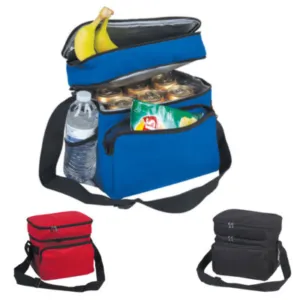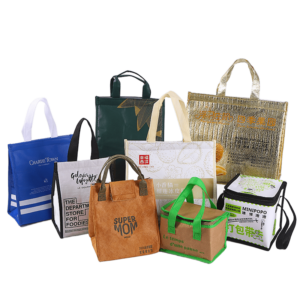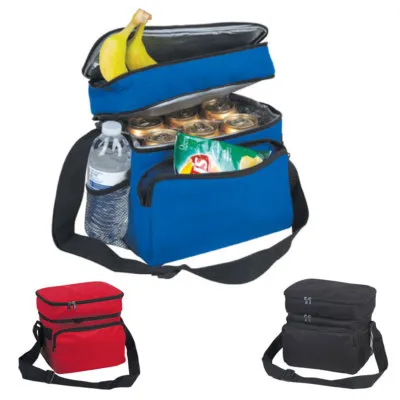Smart Strategies to Manage Seasonal Demand for PP Woven Bags
This article outlines eight effective methods for managing seasonal fluctuations in demand for PP woven bags. Each approach is grounded in supply chain best practices, giving manufacturers and distributors the tools to stay responsive and efficient.
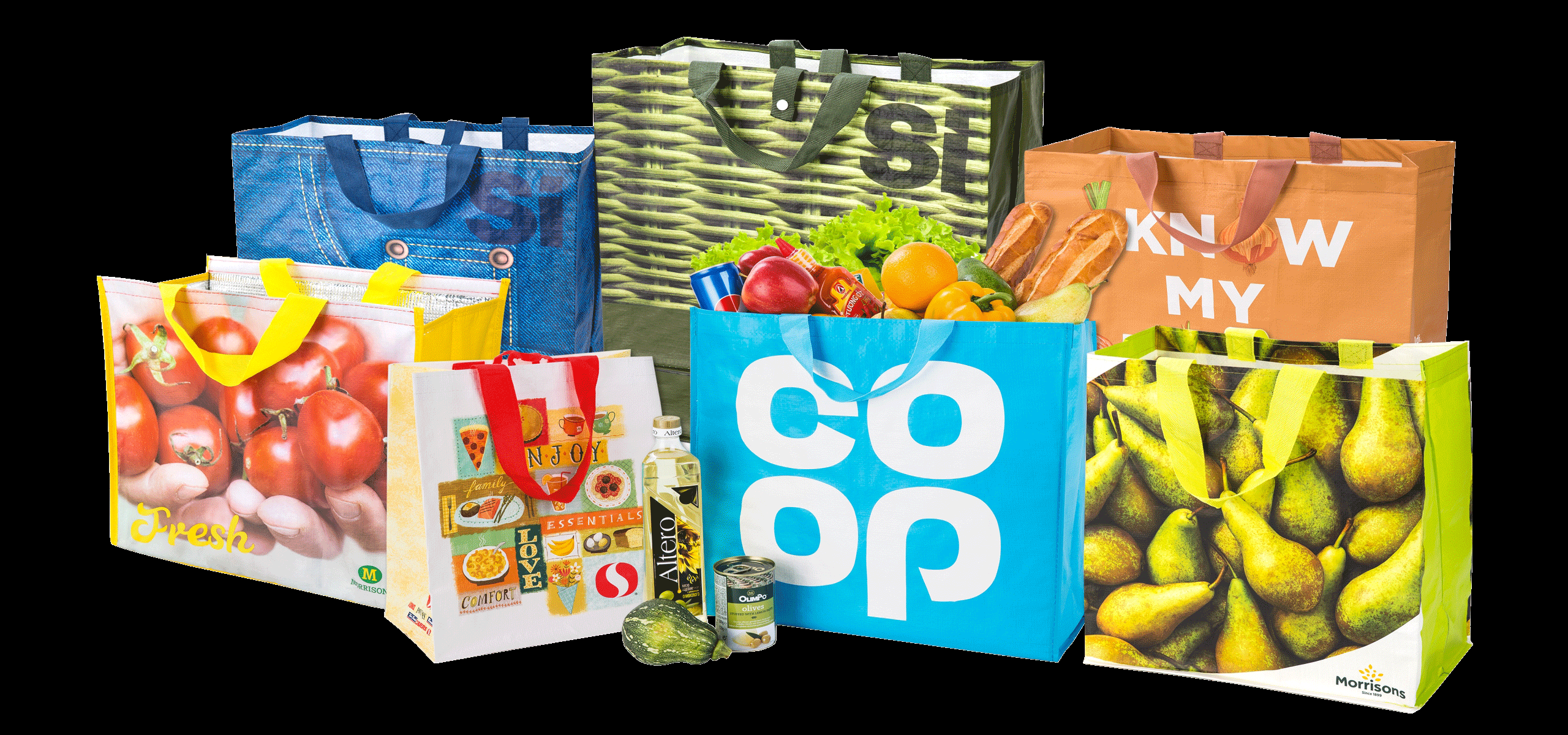
These strategies help reduce overstocking, prevent shortages, and ensure seamless fulfillment during peak seasonal periods.
Continue reading to understand how to prepare your operations for demand surges.
1. Accurate Demand Forecasting[^1]
Use data-driven insights from historical trends and market analytics to anticipate seasonal fluctuations.

PP woven bag demand often spikes around agricultural planting seasons, holiday retail promotions, or trade exhibitions. Forecasting helps align inventory and production schedules with anticipated needs.
Dive deeper
Effective forecasting combines sales history, customer feedback, and industry insights. Tools like statistical forecasting models and trend extrapolation can predict demand patterns more precisely.
Forecasting Tools Comparison
| Method | Benefit |
|---|---|
| Time-series models | Detect seasonal patterns |
| Predictive analytics | Combine internal + external signals |
| AI-based forecasting | Improve accuracy over large datasets |
2. Flexible Inventory Management[^2]
Adapt inventory strategies to prioritize high-demand SKUs during peak seasons and avoid stockouts.

Use ABC classification and adjust safety stock levels to keep critical SKUs available while minimizing carrying costs.
Dive deeper
Inventory segmentation helps assign resources based on product demand levels. Fast-moving items (like agricultural sacks) get higher restock priority, while low-demand SKUs are ordered in smaller batches or produced on-demand.
Inventory Flexibility Table
| Approach | Inventory Benefit |
|---|---|
| ABC Classification | Focuses resources on top-selling SKUs |
| Dynamic Reordering | Reacts to changing demand patterns |
| Buffer Stock Strategy | Mitigates supply disruptions |
3. Supplier Collaboration and Communication[^3]
Work closely with suppliers to reserve capacity and secure timely raw materials before peak seasons hit.
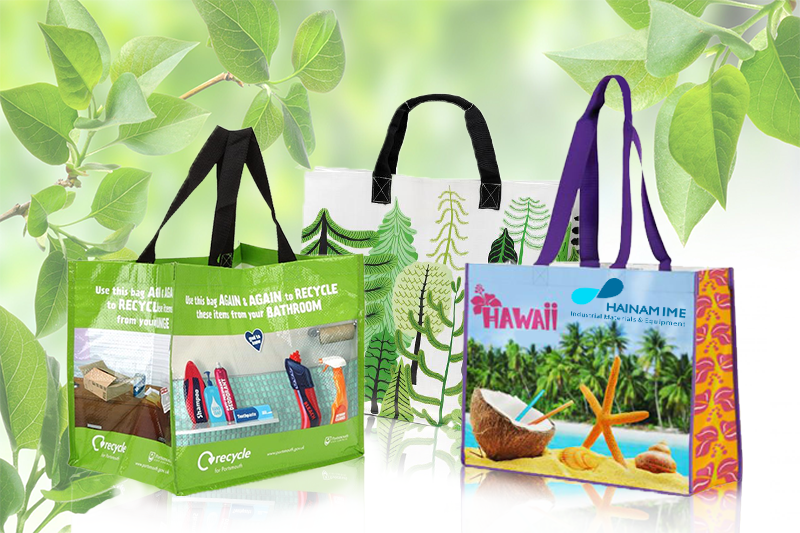
Clear, early communication ensures raw materials like PP resin and lamination film are available when needed, avoiding bottlenecks.
Dive deeper
Build long-term supplier partnerships that support seasonal flexibility. Use blanket purchase orders or volume commitments to lock in priority production slots during high-demand periods.
Communication Tactics
| Strategy | Supplier Benefit |
|---|---|
| Seasonal Forecast Sharing | Improves supplier planning |
| Advance Purchase Agreements | Secures raw material supply |
| Regular Check-ins | Keeps production aligned with demand |
4. Early Production and Stockpiling[^4]
Manufacture and store inventory in advance to stay ahead of seasonal peaks.

Stockpiling ahead of time prevents delays, especially when dealing with imported materials or extended lead times.
Dive deeper
Start production several weeks—or even months—before the expected demand surge. This approach ensures orders can be fulfilled quickly once sales begin.
Stockpiling Best Practices
| Item Type | Suggested Pre-Build Timeframe |
|---|---|
| Custom-printed bags | 30–60 days before event season |
| Agricultural sacks | 1–2 months before planting season |
| Holiday packaging | 3 months before end-of-year demand |
5. Technology Integration[^5]
Use real-time inventory and ERP systems to monitor, analyze, and respond to demand changes as they happen.
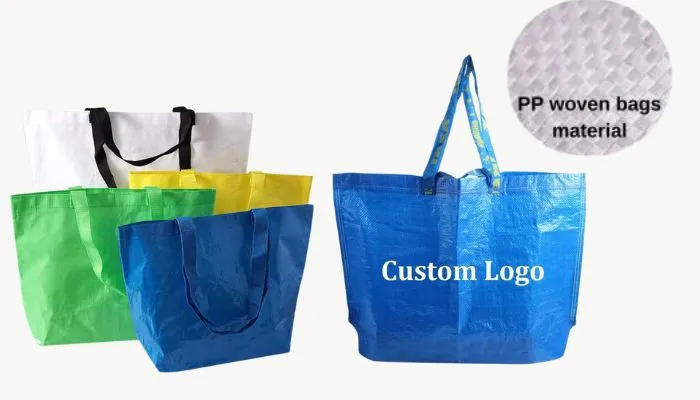
Digital tools automate stock tracking, flag reordering needs, and reduce human error in high-volume situations.
Dive deeper
Software such as ERP (Enterprise Resource Planning) and WMS (Warehouse Management Systems) improve visibility and decision-making. These tools connect forecasting, production, and supply chain data into one platform.
Recommended Tech Tools
| System Type | Functionality |
|---|---|
| ERP | Integrates production, inventory, and sales |
| WMS | Tracks stock levels in real time |
| BI dashboards | Visualize seasonal trends |
6. Seasonal Branding and Customization[^6]
Launch themed bags for holidays, promotions, or festivals to increase relevance and justify extra inventory.
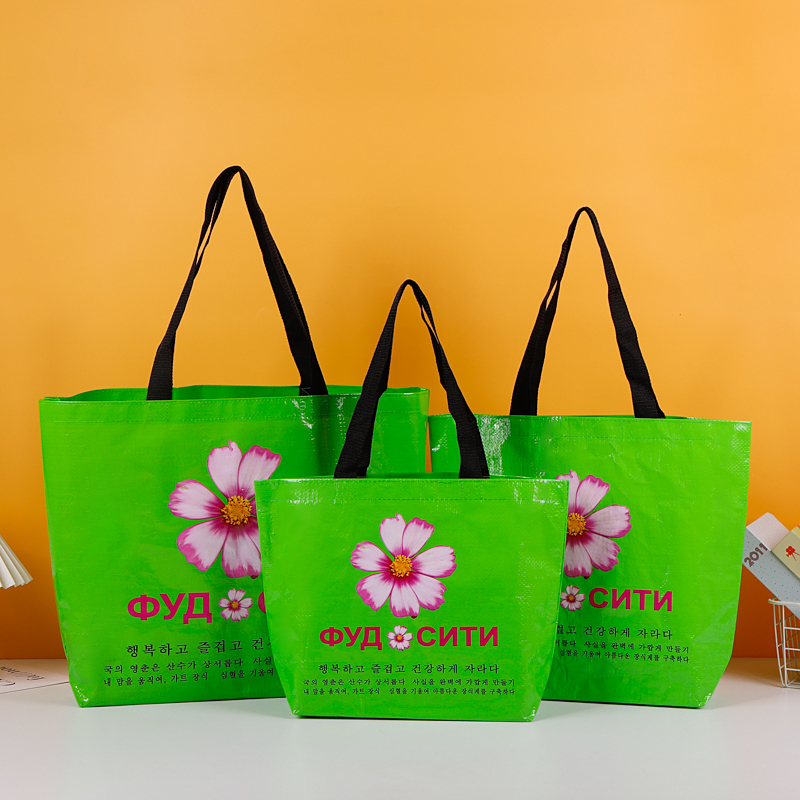
Branded seasonal bags enhance customer experience and help clear inventory quickly during high-demand campaigns.
Dive deeper
Offer limited-edition designs tied to seasonal events or cultural moments. Short-run seasonal packaging can drive urgency and add emotional appeal.
Seasonal Customization Examples
| Campaign Type | Bag Feature |
|---|---|
| Holiday Promotion | Winter graphics or red/gold colors |
| Agricultural Fair | Branded grower slogans or icons |
| Trade Show Season | Company colors + QR for product access |
7. Flexible Labor and Operations[^7]
Scale up manpower and machine time before the busy season to keep production flowing.
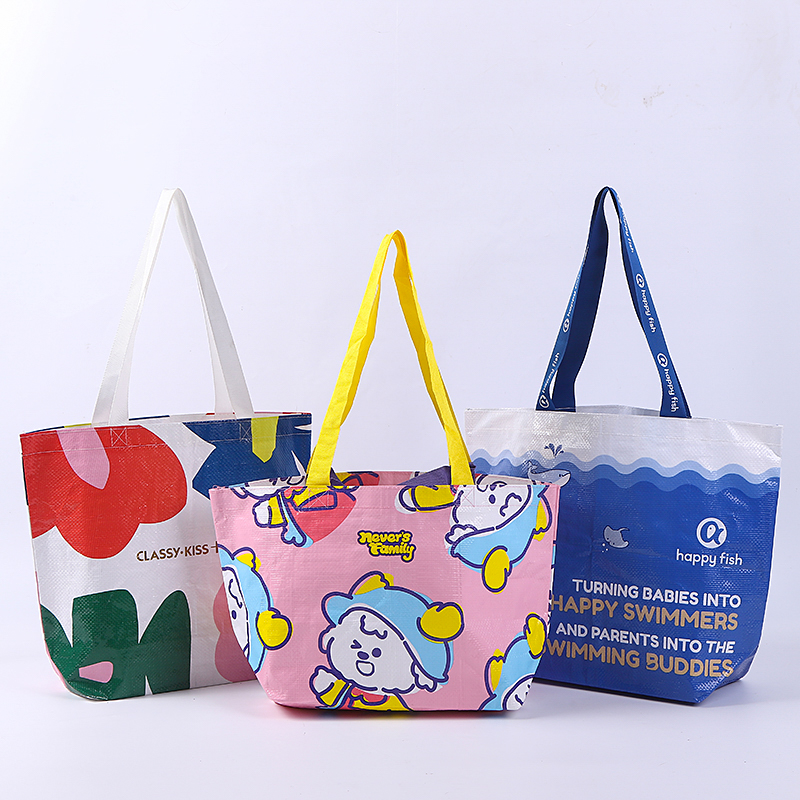
Add extra shifts or hire temporary staff to handle packing, shipping, and customer service during peak times.
Dive deeper
Cross-train employees to fill different roles as needed. Temporary workers can handle manual sorting or quality checks, freeing core staff to focus on urgent tasks.
Labor Strategies
| Approach | Operational Outcome |
|---|---|
| Shift Extensions | Increases daily production volume |
| Temporary Staffing | Adds flexibility to handle peaks |
| Automation Integration | Reduces labor dependency |
8. Performance Review and Continuous Improvement[^8]
After each season, assess what worked and what didn’t—then adjust your strategies accordingly.

Analyze inventory turnover, order fulfillment speed, and supplier reliability. These insights refine future planning.
Dive deeper
Use KPI analysis to evaluate demand accuracy and inventory efficiency. Hold debriefs with your team and suppliers to gather feedback for the next season.
Post-Season Evaluation Metrics
| KPI | What It Measures |
|---|---|
| Forecast Accuracy | Predictive effectiveness |
| Inventory Turnover | Stock movement efficiency |
| On-Time Delivery Rate | Supply chain responsiveness |
Conclusion
Managing seasonal demand for PP woven bags requires preparation, agility, and strong partnerships. Forecasting, early production, and tech adoption form the foundation of a resilient supply chain.
At JiaRong Packaging, we use these strategies to support our global buyers through seasonal peaks in agriculture, retail, and events. Let us know your seasonal challenges in the comments—our team can help tailor a strategy that works.
---
[^1]: Explore this resource to learn how to effectively predict demand and optimize inventory.
[^2]: Discover strategies to adapt inventory management for peak seasons and avoid stockouts.
[^3]: Learn how to strengthen supplier relationships for better resource availability.
[^4]: Understand how proactive production can prevent delays during high-demand periods.
[^5]: Find out how digital tools can streamline inventory management and improve decision-making.
[^6]: Explore how themed products can boost sales and customer engagement during peak seasons.
[^7]: Learn how to scale operations effectively to meet increased demand.
[^8]: Discover the importance of analyzing past performance to refine future strategies.




